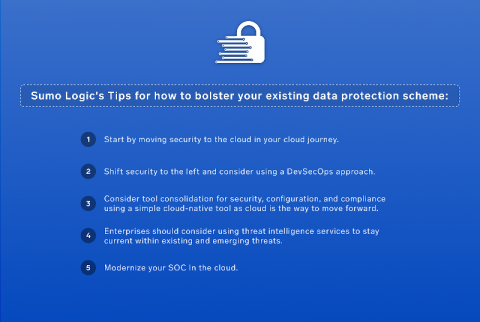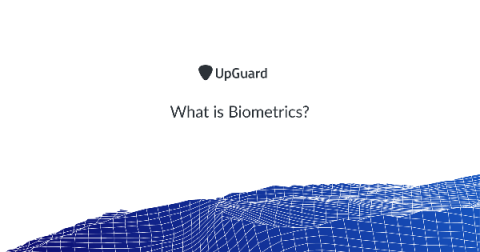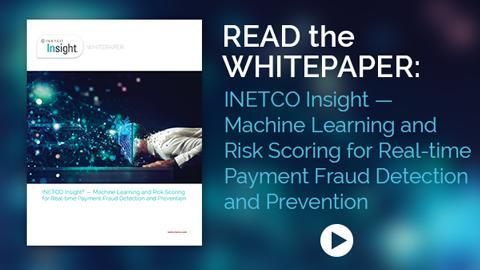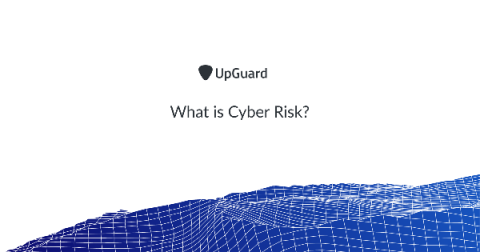Security | Threat Detection | Cyberattacks | DevSecOps | Compliance
%term
What is Biometrics?
Biometrics is the technical term for body measurements and calculations, and human characteristics. Biometric authentication if a form of identification and access control. As biometric identifiers are unique to individuals, they are seen as more reliable for verifying one's identity than traditional token-based identification systems such as a passport, as well as knowledge-based identification systems such as a password.
DNS Rebinding: A Frightening Attack Vector with Spooky Security Impacts
One of the greatest misconceptions about online safety is that home networks are somehow private. Unfortunately, this hasn’t been true since around the turn of the century when we started filling our home networks with Internet-connected boxes serving local web pages. The problem is that web browsers typically make little distinction between web sites on the public internet versus those on a home or office network.
Top 3 Fraud Detection and Machine Learning Tips to Identify High-Risk Customer Banking
There are scary villains out there, and they don’t just come out on Halloween. Forget about tricks, and treat yourself to something worth reading…but be warned…this blog is not for the faint of heart… The authentication or the decline of a payment transaction is often the defining factor of end customer experience.
Physical threats to Cybersecurity that you must address
Over 90% of data breach is attributed to human error costing a company anywhere from $1.25 million to $8.19 million. Tackling cybersecurity does not only entail non-physical risks, but also includes an assessment of physical threats such as human, internal, and external hazards. Only then can an appropriate and effective security plan to dissuade hackers and thieves be devised.
Multi-cluster security with Falco and AWS Firelens on EKS & ECS
In this blog post, we are going to teach you how to aggregate all Kubernetes security events across your AWS container services. We’ll be using AWS FireLens to route Falco notifications, centralizing all the security events, such as AWS CloudWatch, in one service.
What is Cyber Risk?
Cyber risk is defined as exposure to harm or loss resulting from data breaches or cyber attacks on information systems, information technology and information security. However, this definition must be broadened. A better, more encompassing definition is the risk of financial loss, disruption or reputational damage due to the failure of an organization's cybersecurity strategy.
SOCtails Episode 1
Obtaining an API key for the Zoom API
What is Security ChatOps?
ChatOps is one of the hot topics within the cyber security circles today. In this article, we will take a closer look at what it is and why it is useful especially in incident response.











